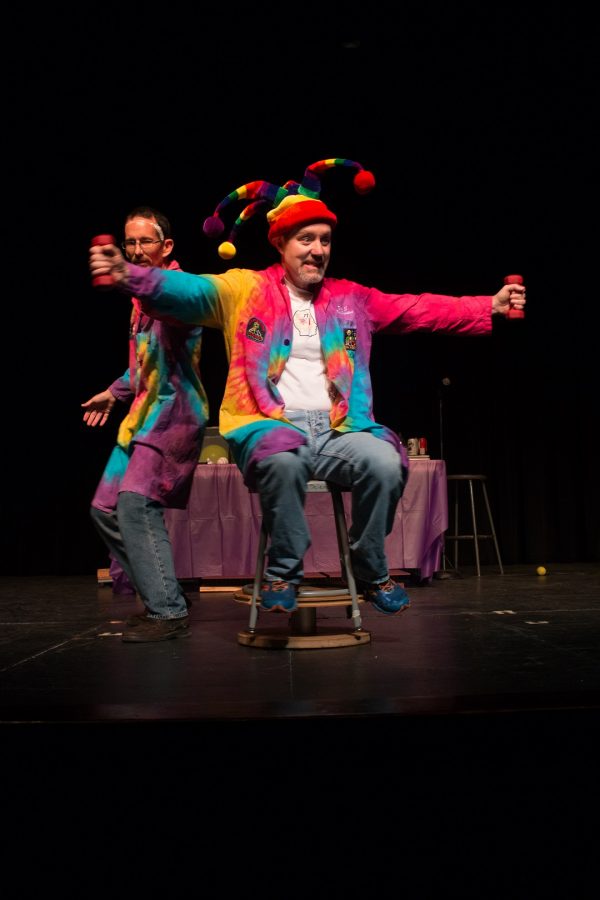Science Night delights
Science Night showcases student science projects and live experiments by professors.
November 30, 2016
The AACC science department hosted Science Night in the Student Union Building and Pascal Center in November.
The event allowed the public to come and see the experiments AACC students have been working on in their science classes.
Science Night showed off the science behind ocean life and body parts. The event also exhibited a live snake and a science show for children.
Choosing what would be in Science Night was up to the students, who showed off personal projects they had to do in their classes.
“I was interested in why sponges were considered animals, because I didn’t know that before taking zoology,” sophomore Julia Crothers said. When explaining her project to the children, she used the character SpongeBob SquarePants as an example, which got the youngsters’ attention.
Most of the projects at Science Night were hands on and educational, with a fun twist. The projects included making tornadoes in bottles, holding human hearts covered in plastic and using bananas as circuit boards.
The main attraction of the night was the science show, starring Dr. Jason Barbour and Dr. Greg Schrader, AACC professors.
The audience was filled mostly with elementary and middle schoolers. The show had demonstrations that displayed liquid nitrogen, lying on a bed of nails, flying across the stage with pressured air and Newton’s laws of motion.
“We perform together for kids all the time,” Schrader said. “Seeing them get so excited and then having the kids come up to us after the show and ask questions, it shows they are paying some type of attention.”
Nine-year old Jimmy Green said his favorite part of Science Night was seeing the snake and learning cool facts about it, while his 6-year old sister said she loved the body parts display.
Science Night brought in approximately 100 children from the community to watch presentations of 25 experiments.












